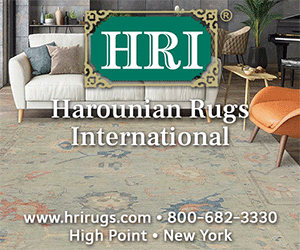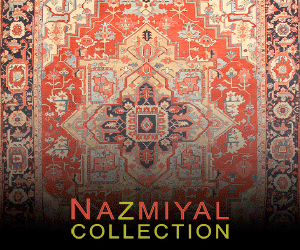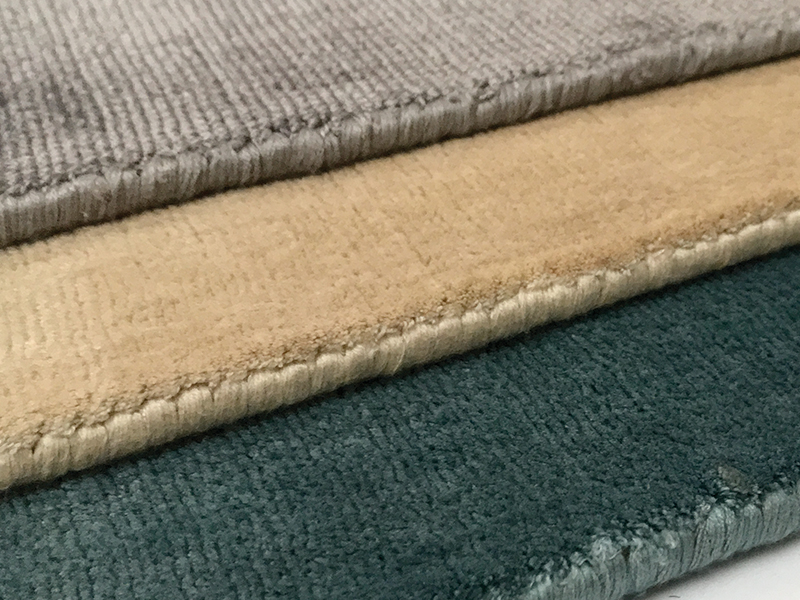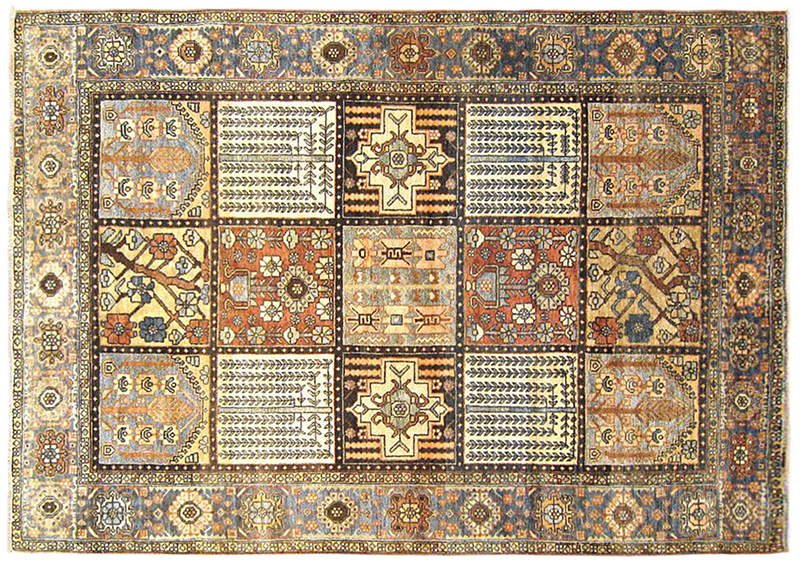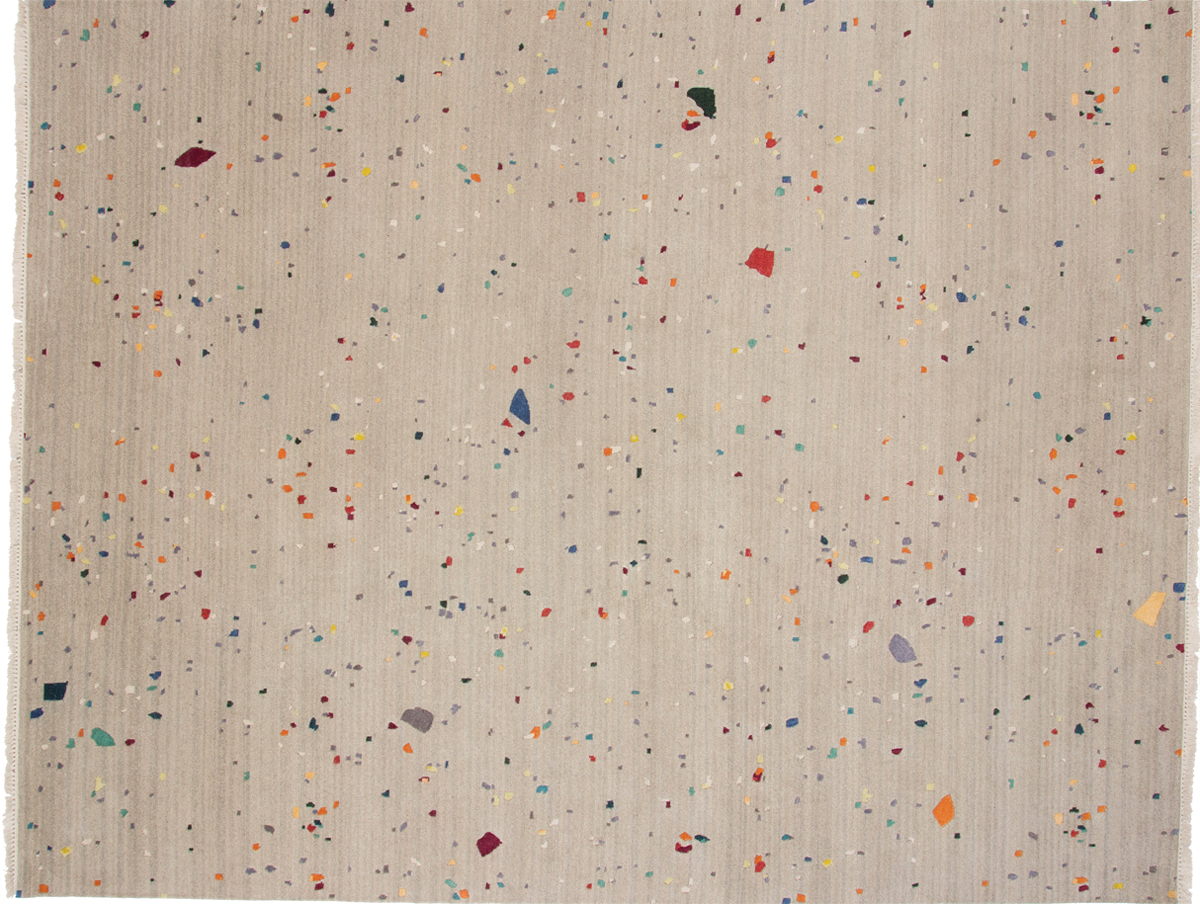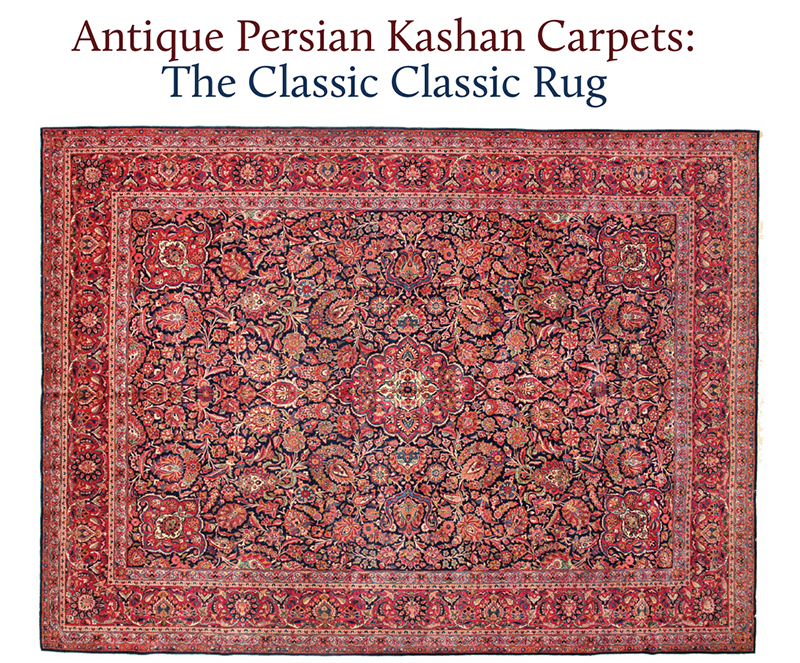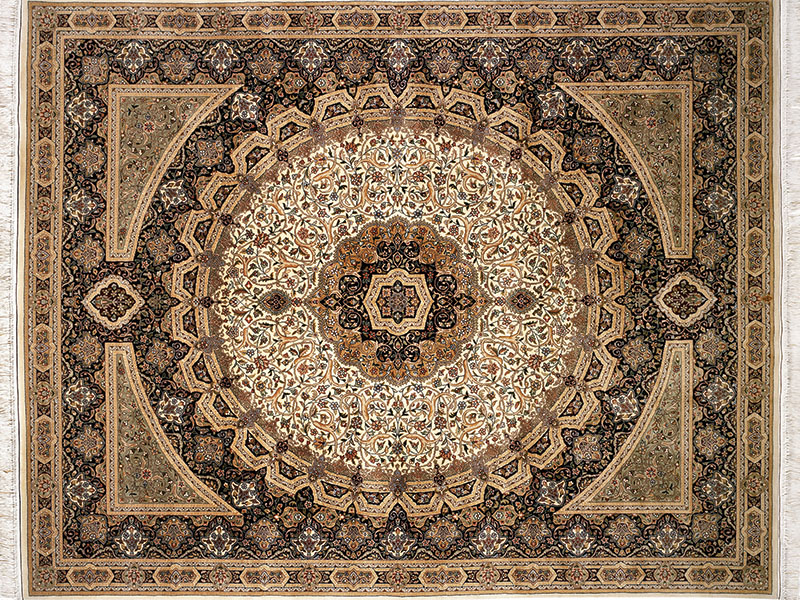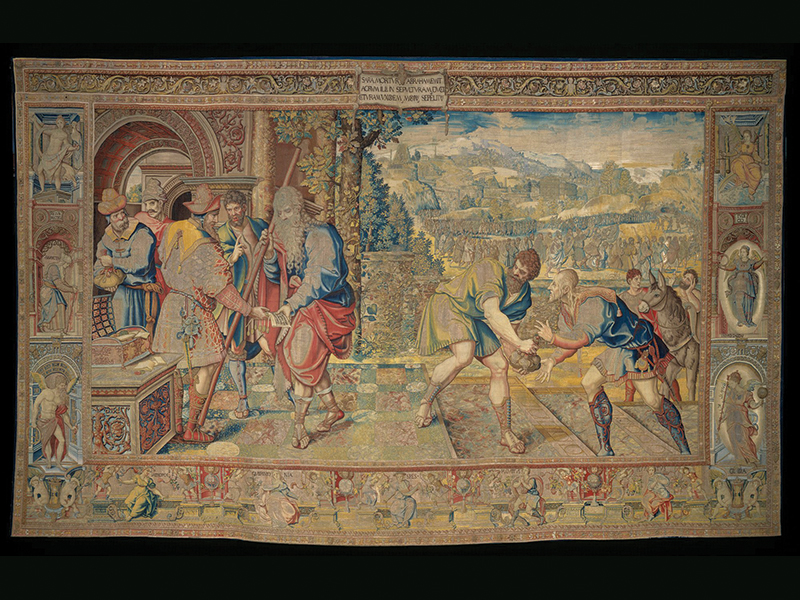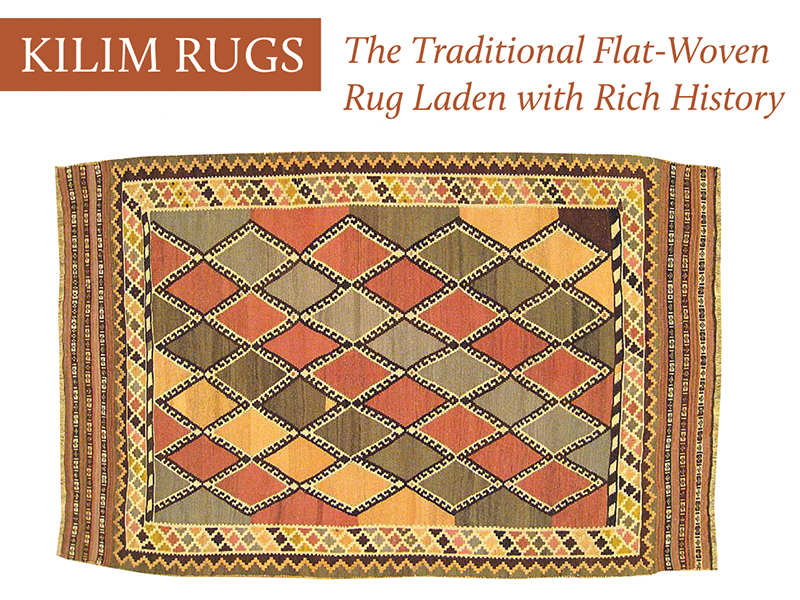Exploring Viscose
The mere utterance of its name alone is enough to elicit controversy. On one hand there are those who love to hate upon it, on the other are those who embrace its use. Viscose, in its various forms, is increasingly used in rugs and carpets of multiple qualities. RUG INSIDER presents a daring look at both sides discussing its relative performance characteristics, situations unsuited for viscose, some key legal notes, and finally what makes a viscose carpet great.


